Hitchcock and the Cinema of Sensations
When we talk of 'seeing' a film, we do not refer to a purely visual experience. Rather, to understand what we see on screen, we rely as much on non-visual senses as we do on sight. This new book rethinks the body in the cinema seat, charting the emergence of embodied film theory and drawing on developments in philosophy, neuroscience, body politics and film theory. Through the prism of Alfred Hitchcock's films, we explore how our bodies and sensual memory enable us to quite literally 'flesh out' what we see on screen: the trope of nausea in 'Frenzy', pollution and smell in 'Shadow of a Doubt', physical sound reception in the 'Psycho'; shower scene and the importance of corporeality and closeness in 'Rear Window'. We see how the body's sensations have a vital place in cinematic reception and the study of film.
{{comment.content}}

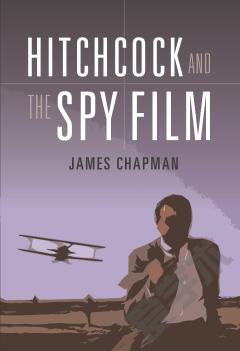
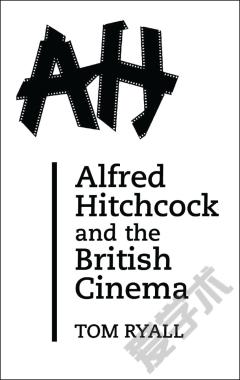
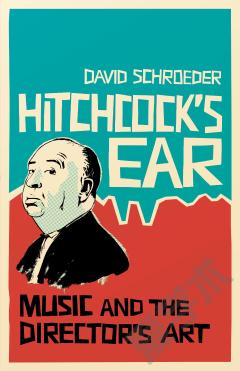
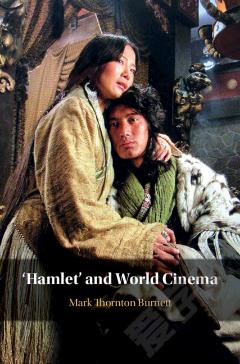
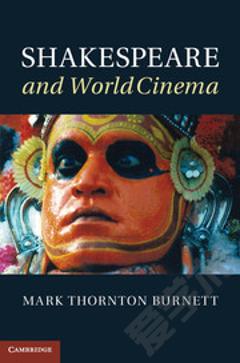


 京公网安备 11010802027623号
京公网安备 11010802027623号